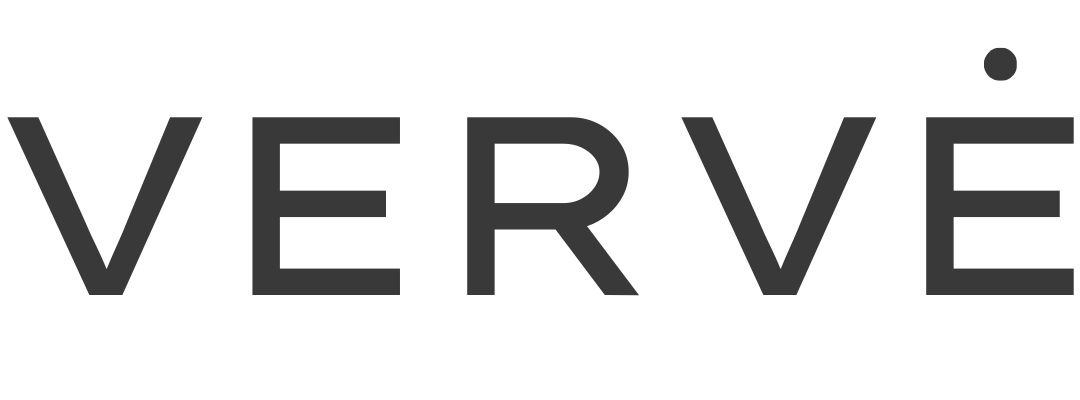Personnel recruitment is one of the most crucial processes in any company.
According to Employment Hero's 2023 recruitment data,hiring the wrong employee can cost a company between £18,500 and £30,000 on average, considering lost productivity, repeat recruitment costs, and other related expenses. Additionally, it negatively impacts employee trust in the company..
Companies often need to account for other costs beyond the employee’s salary and benefits, such as recruitment expenses, training, and onboarding costs. Research showsthat the average recruitment cost per employee in the UK is approximately £3,000. Furthermore, in 2022, European companies spent over €72 billion on training, indicating that these expenses can significantly affect a company's finances and efficiency in the long term.
With increasing competition for talented employees in Europe, it is crucial for companies to adopt effective and modern recruitment methods,such as digital recruitment tools, which are becoming increasingly popular. What should be considered when choosing a recruitment method to make informed decisions that will support your company's growth and development?
Understanding the Company’s Needs
Before choosing a recruitment method, it is important to clearly understand the specific needs and requirements of the company. For example, are you looking for candidates with specific technical skills, or do you need employees with a high level of adaptability? A detailed job description and a list of desired skills and characteristics will help define which type of recruitment method will be most effective.
According to Harvard Business Review,a clearly defined job description can improve the recruitment process by up to 50%, reducing the risk of errors and increasing the number of suitable candidates.
Position Level
The recruitment method will also depend on the level of the position. For example, recruiting for higher management positions, such as a CEO, will require a more in-depth and personalized approach compared to lower-level positions. Recruitment for lower-skilled positions may be more successful using group interviews or standard interview methods.

Standard interview methods are structured approaches used for employee selection. These methods ensure that the interview is conducted consistently for all candidates, allowing for an objective comparison of their suitability for the position. The main standard interview methods are:
- Structured Interview: All candidates are asked the same questions in the same order. Structured interviews typically include specific questions based on the job requirements and are evaluated according to uniform criteria. This method helps reduce subjectivity and ensures consistent assessment.
- Semi-Structured Interview : This method combines elements of both structured and informal interviews. The interviewer uses pre-prepared questions but can adapt them based on the candidate's responses. This approach allows for more detailed information about the candidate while maintaining some structure.
- Unstructured Interview : In this type of interview, questions are not predetermined, and the interview proceeds in a more open-ended format. This approach allows the interviewer to explore the candidate's personality and work style, but it may be more subjective and less comparable between candidates.
- Combined Interview : This method involves a mix of structured and unstructured elements. For example, it may start with structured questions and then move on to more open-ended questions, allowing for a deeper exploration of the candidate's experience and views.
Availability of Time and Resources
The time and resources available for the recruitment process can be a crucial and often decisive factor in choosing a method. If a company has limited time resources, automated recruitment systems can quickly screen candidates based on predefined criteria, such as using algorithms and artificial intelligence. According to LinkedIn, 60% of companies that use automated recruitment tools report a significant reduction in process time and an improvement in efficiency.
Candidate Availability in the Job Market
Candidate availability is an essential factor that can influence recruitment strategy. If there are a limited number of suitable candidates in the market, companies often need to use more creative and even aggressive approaches to attract talent. One of the most effective methods is direct search, or headhunting, which involves actively approaching candidates, even if they are not currently looking to change jobs. This can be particularly effective when searching for candidates with specific skills or experience that are rare in the market.
❗Recommendation. To increase your chances of attracting talent, consider offering flexibility and remote work options. Such working conditions are becoming increasingly sought after, and companies that provide these opportunities often succeed in attracting candidates who might otherwise be unavailable. Research shows, that interest in remote work has significantly increased, and companies that offer it can attract up to 50% more qualified candidates.
Additionally, if competition for talent is intense, companies need to stand out with their offerings. This could include not only a competitive salary but also unique benefits, such as opportunities for personal growth, modern work tools, or a company culture that fosters innovation and employee well-being. By creating a more attractive work environment, a company increases its chances of attracting and retaining the best professionals, even in a highly competitive market.
Quality of the Recruitment Process and Use of Technology
The recruitment method should ensure that candidates are suitable not only for the position but also for the company culture. Competency-based interviews, psychological tests, and behavioral assessments can help evaluate a candidate's suitability in both technical and social aspects.
Today, technology plays an increasingly significant role in this process. Automated recruitment platforms, artificial intelligence, and machine learning can help quickly find and evaluate suitable candidates. Research indicates, that companies using AI and automated processes for recruitment can reduce hiring time by 50% and improve candidate suitability by 20%, while also increasing employee retention by up to 25%.
Although there is no one-size-fits-all approach, a thorough evaluation considering the company’s needs, resources, and market conditions will help select the most suitable strategy. However, it is important to remember that recruitment is a dynamic process that requires continuous optimization.
If your company needs professional assistance with the recruitment process, contact us today to help find and attract the best talent, ensuring your company's long-term success.





